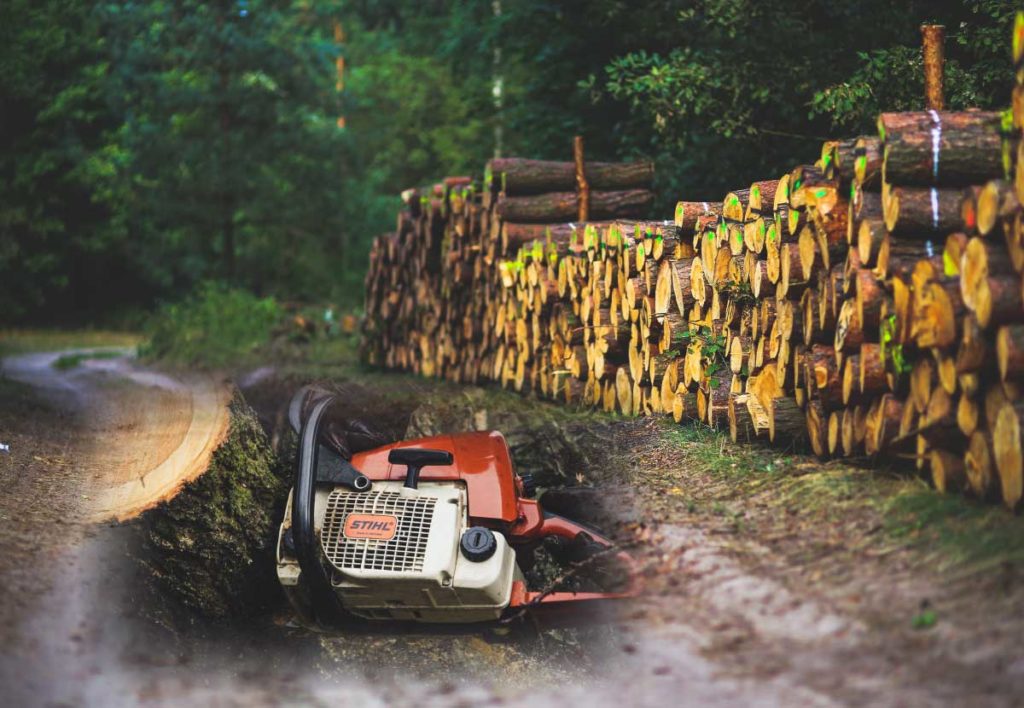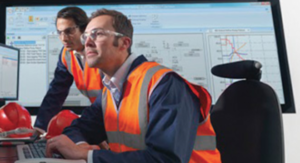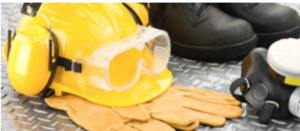After our eyes, the most important sensory organ is our ears, thus hearing loss has significant consequences. In most cases, hearing loss is age-related. However, it can also be triggered by loud noises or infections, or may be hereditary.
Hearing loss may occur very suddenly, although in most cases it is gradual, and so you only become aware of it as it progresses. Fortunately, in most cases impaired hearing can be improved, or even fully corrected, either by using a proper hearing protection device or by using a hearing aid.
First signs of Hearing Loss
Hearing loss rarely occurs all of a sudden. It usually develops gradually, over a long period of time – and is therefore imperceptible at first. This is because those affected gradually get used to the onset of hearing loss. Because the brain can compensate for the hearing deficiencies for a long time, there are few disadvantages in everyday life during the first phase.

But from a certain point, hearing loss can no longer be readily compensated for. Often, this is noticed by family and friends of the affected person long before they themselves realize they cannot hear normally. Hearing loss can have an impact on your daily life either socially and recreationally. With an already noisy world we have started to see hearing loss grow in the workplace as well. Solutions like a custom hearing protection device such as dB Blockers has grown in popularity amongst individuals and employers. Learn more.
Long Term Affects of Hearing Loss
Even those affected by hearing loss who know that they can no longer hear perfectly often still do nothing for a long time. Using the argument “It’s still OK!”, they put off a hearing test with an audiologist or ENT doctor. This is because being aware of your own hearing loss is one thing, but acknowledging it is not so easy.

The problem is that if you wait too long, you risk serious consequences. Researchers have found that after about seven years, our brains simply lose the ability to hear certain sounds.
If you can hear these sounds again with a hearing aid, they may no longer be correctly interpreted, and are therefore often perceived as excessively loud and unpleasant – even if it’s something as harmless as the rustling of leaves or a friendly conversation next door.
The following three questions may help you find out if you have hearing loss:
- Do you hear low background noise excessively loudly?
- Do you have the TV on very loud?
- Do you find conversations stressful?
To Learn more about hearing loss contact your local Audiologist. Also check out our resources page.
Source:https://www.connecthearing.ca/hearing-loss/















 organizational environment, or economic hardships. Stress in the workplace is an ongoing trend that seems to impact employees and employers in all workplace settings.
organizational environment, or economic hardships. Stress in the workplace is an ongoing trend that seems to impact employees and employers in all workplace settings. frequently, utilizing innovations for capturing that feedback, and acting to drive engagement based on those results. In 2016 & 2017 more organizations implemented some sort of Employee Engagement program to capture the employee voice and concern through a series of quantitative surveys and continuous listening/pulse surveys and examining passive data for employee opinions and behaviors. As the workforce shifts from one generation to the next, we will see an increase in Employee Engagement and Feedback.
frequently, utilizing innovations for capturing that feedback, and acting to drive engagement based on those results. In 2016 & 2017 more organizations implemented some sort of Employee Engagement program to capture the employee voice and concern through a series of quantitative surveys and continuous listening/pulse surveys and examining passive data for employee opinions and behaviors. As the workforce shifts from one generation to the next, we will see an increase in Employee Engagement and Feedback. lasting implications for organizational culture and management. Millennials and later generations have reshaped the workplace in a multitude of ways and will continue to push boundaries and redefine expectations as they take on a more prominent role within organizations. Organizations may need to continue to redesign jobs and workspace to accommodate Millennials.
lasting implications for organizational culture and management. Millennials and later generations have reshaped the workplace in a multitude of ways and will continue to push boundaries and redefine expectations as they take on a more prominent role within organizations. Organizations may need to continue to redesign jobs and workspace to accommodate Millennials. Safety Engineer.
Safety Engineer.